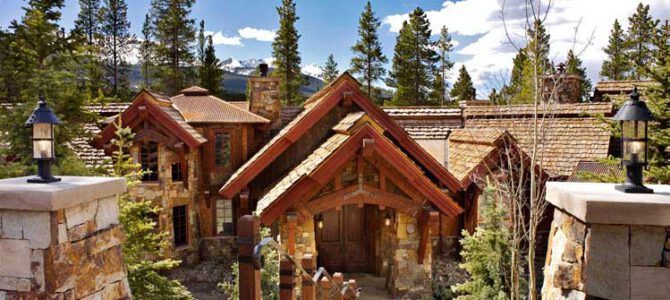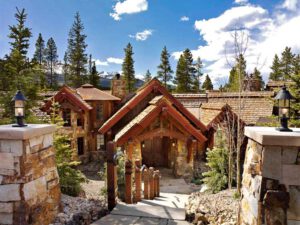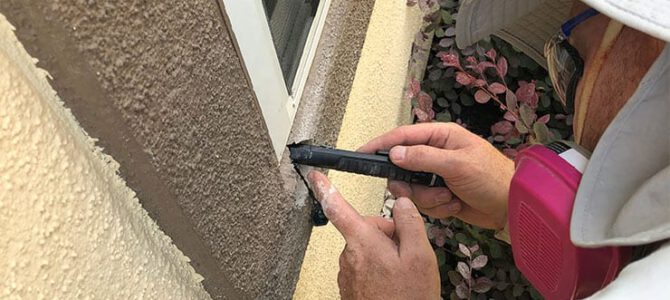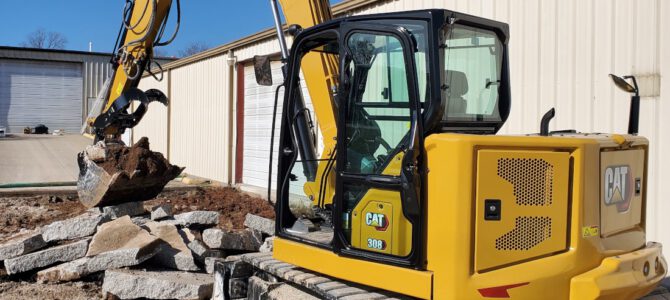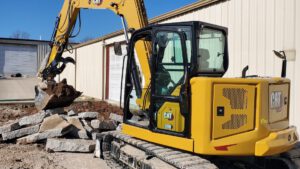Flooring Middletown NY are a beautiful addition to any home, but they also require an investment. Fortunately, many different styles are available to suit your taste and budget.
Hardwood floors are a timeless flooring option that can be incorporated into almost any design style. They are also durable and easy to clean.

Hardwood floors provide a sense of elegance and sophistication to any home. They work well with traditional and modern design styles and are extremely durable, adding value to your home. When properly maintained, wood floors can last decades and even centuries. You can pass them on to your grandchildren and their children.
Unlike other flooring materials, hardwood floors are natural and come in many different colors, textures, and grain patterns. The most popular hardwoods include oak, maple, and hickory. Each has its unique look and feel. Oak is a dense and sturdy species with various amber hues in its grain pattern. Maple is a lighter option with swirling grain variations or a more uniform appearance. Hickory has knots, mineral streaks, and color variance for a rustic charm that complements any room.
Consider a dark wood like mahogany or walnut if you have a more contemporary style. The rich and luxurious color of these hardwoods complements many modern decor themes. Consider medium-tone woods such as cherry or honey if you prefer something more traditional. These colors are less likely to clash with the furniture in your home and can blend into any wood or neutral decor.
There are also options for reclaimed and engineered hardwood. Reclaimed wood provides a distressed look and can be finished with a softer sheen that hides scratches better than a glossy finish. Engineered hardwood is a more recent innovation. It is made of multiple layers of wood glued together, making it more stable than solid hardwood and less susceptible to moisture damage. If you choose an engineered hardwood, it is important to use a pinless moisture meter to ensure proper humidity levels in your home.
The color of your hardwood floor is also an important consideration. Darker woods are more resistant to scratches and stains than lighter hues, but all wood species will show scratches differently. A matte or satin sheen will mask scratch marks more effectively than a semi-gloss or glossy finish. You can also find wood flooring with hand scraping and other minor distressing to hide imperfections and accentuate the wood’s grain pattern.
When it comes to wood floors, durability is a very important factor. Hardwood flooring is much more resistant to dents and scratches than other floor types. Choosing a durable species is a good idea, but how well the floor is cared for after installation will also greatly impact how long it lasts.
The durability of solid wood flooring is measured using the Janka Hardness Scale. This rating is based on the pound-force needed to embed a 0.444-inch steel ball halfway into the wood. The higher the Janka number, the harder the hardwood. When selecting a solid wood, it is important to consider the Janka rating, especially in high-traffic areas and homes with children or pets.
Engineered wood floors, on the other hand, are less likely to dent and scratch than solid hardwoods. The reason is that the top layer of engineered wood is made with a strong, protective material. This layer can be made of aluminum oxide, urethane, or polyurethane and is designed to be as durable as possible.
However, even the most durable wood floors will only last a while. This is because wood is a natural product, eventually absorbing water into its fibers. For this reason, it is important to ensure your floors are properly sealed and maintained.
In addition to the type of finish a hardwood has, many other factors will impact its durability. The color of the floor is another important factor because it can help camouflage scuffs and scratches. Choosing a light color will minimize the chance that a scuff or scratch will stand out. Also, selecting a floor with a lot of color variation between planks will help conceal abrasions better.
While hardwood flooring has great durability, it is important to note that no floor is indestructible. It will eventually get worn down over time, especially in heavy-traffic areas of the home. However, proper maintenance will extend the life of any floor, including hardwood. It is recommended that homeowners sweep and mop their hardwood floors regularly to remove dirt, dust, and debris. In addition, a damp mop can be used to clean the floor when needed, and spills should be wiped immediately.
When properly cared for, hardwood floors are relatively easy to clean. Sweeping and vacuuming are all needed to remove loose dirt and dust particles that can scratch wood surfaces. Sweeping and vacuuming are best done using the hard floor setting on your vacuum to avoid scuffing and scratching. A microfiber padded mop will also wipe up surface spills and dirt. For deep cleaning, you can use a diluted wood floor cleaner (usually a ratio of 1/2 cup vinegar to 1 gallon water) or a commercial cleaning solution formulated for your type of flooring. If you have penetrating-seal, oil-treated, lacquered, shellacked, or varnished hardwood floors, a light reapplication of wax may be necessary after deep cleaning to restore their shine and resistance to moisture.
If you opt to use a commercial cleaning solution, read the label carefully before purchase to make sure it’s safe for your type of hardwood floor and finish. Avoid solvent-based cleaners or those with a high gloss finish, as they can leave sticky residues that attract more dirt and leave your hardwoods looking dull and lifeless. The ideal choice is a pH-neutral, non-toxic natural wood floor cleaner such as Pledge Gentle Wood Floor Cleaner or Zep Hardwood and Laminate Floor Cleaner.
Most importantly, be proactive about keeping up with sweeping and vacuuming, especially if you have children and pets. Wiping up spills and messes right away will keep your wood floors from becoming dirty and discolored and prevent them from getting wet and warped. Similarly, make it a rule to take off your shoes when entering the house. This will help eliminate grit, rocks, and other debris that can scratch your wood floors’ finishes.
It would be best if you also made it a habit to place doorway mats inside and outside the front doors so that you don’t track in dirt and de-icing chemicals, which can damage your hardwood floors. Additionally, having a bucket of water and a towel near the door is a good idea to quickly remove water spots or snow from your shoes before walking on the hardwood.
Hardwood floors add a high return on investment to the home and increase its resale value. This is one of the best investments homeowners can make. However, the return a homeowner receives on hardwood floors depends on many factors, such as the home’s location, the type of wood used, and how well the wood is cared for.
Solid hardwood, consisting of a single piece of wood, is considered the gold standard for resale value. It can be sanded down and refinished multiple times over its lifespan, which makes it more durable and attractive than other flooring options. This type of hardwood is generally not recommended for basements and areas below grade, though, as it can warp due to moisture.
Engineered hardwood, on the other hand, can be installed above- or below-grade. It is available in many styles, including the popular plank sizes of today’s market. Moreover, it can hold up to radiant heat better than solid wood. A RSA must ask qualifying questions about the customer’s lifestyle to determine the best flooring option for their project. For example, if the customer has children or pets, an RSA should suggest products more resistant to wear and tear. They can also consider products with more texture and active graining to mask any scratches or marks that might occur during use.
Additionally, an RSA should be able to offer a wide variety of stain colors and finishes, making it possible for the homeowner to customize their look. One of the more recent trends in hardwood is hand-scraped or distressed wood, which brings a rustic, antique aesthetic to any room. Exotic hardwoods are another popular option, especially in high-traffic areas.
The best way to determine which home renovations will yield the highest return is to consult a local realtor. They can perform a CMA and advise you on which updates will impact your home’s resale value. Contact a top real estate agent today to learn more about what your home is worth.
